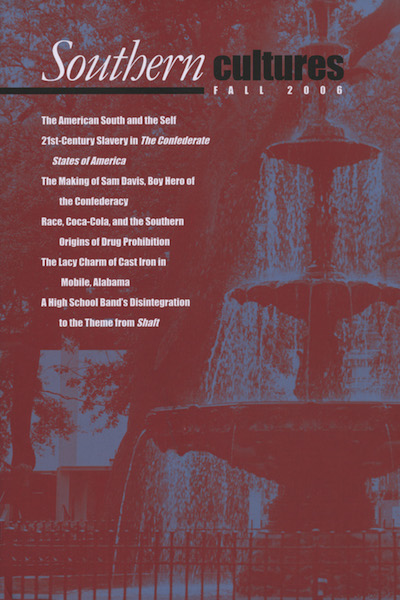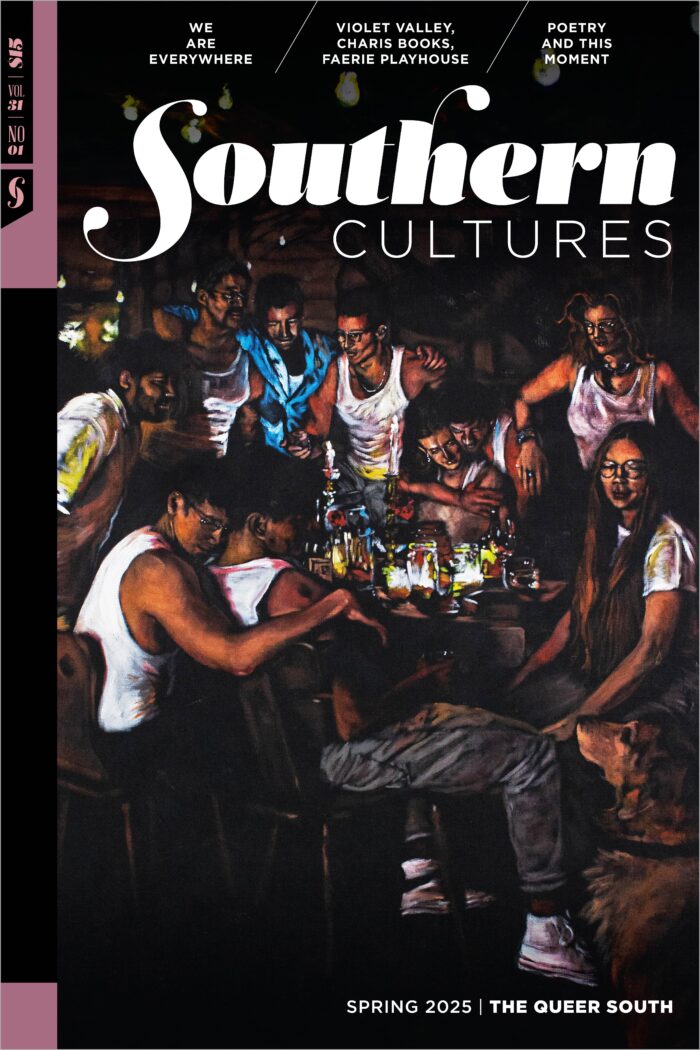“‘You could buy all the dope you wanted in the drug store. Just ask for it, and you got it.'”
At the end of the nineteenth century, the U.S. hunger for narcotics and cocaine was so notorious that one leading public-health official declared, “We are the drug-habit nation.”1 Today, Americans lustfully—if schizophrenically—consume huge quantities of both the illegal “dope” of stoners and street junkies and the equally profitable products of high-tech bioresearch labs and multinational pharmaceutical corporations. We are now, as we were a century ago, a people torn between, as the TV says, “just say no” and “the miracle of medicine.” But what do we mean by “drugs”? The public imagination struggles mightily to preserve stark distinctions between the various kinds of “drugs”: heroin, cocaine, cannabis, alcohol, anabolic steroids, nicotine, caffeine, aspirin, Ritalin, Viagra, Prozac, and OxyContin, to name but a dozen. The history of drug prohibition, however, shows us that the difference between a “poison” and a “medicine,” between drugs as scourge or salvation, is not so easily determined. Are those who become dependent upon drugs victims of a physical disease, or are they criminals and moral deviants? When do personal, medical, or recreational decisions become a social menace? And is it the chemistry or the social status of the consumer that shapes these attitudes? After more than a century of the “war on drugs,” the historical transformation of drug use in the United States between the 1890s and 1930s from the free and largely unknowing use of any drug to the strict regulation and criminalization of narcotics, cocaine, and cannabis remains largely misunderstood by the public.


